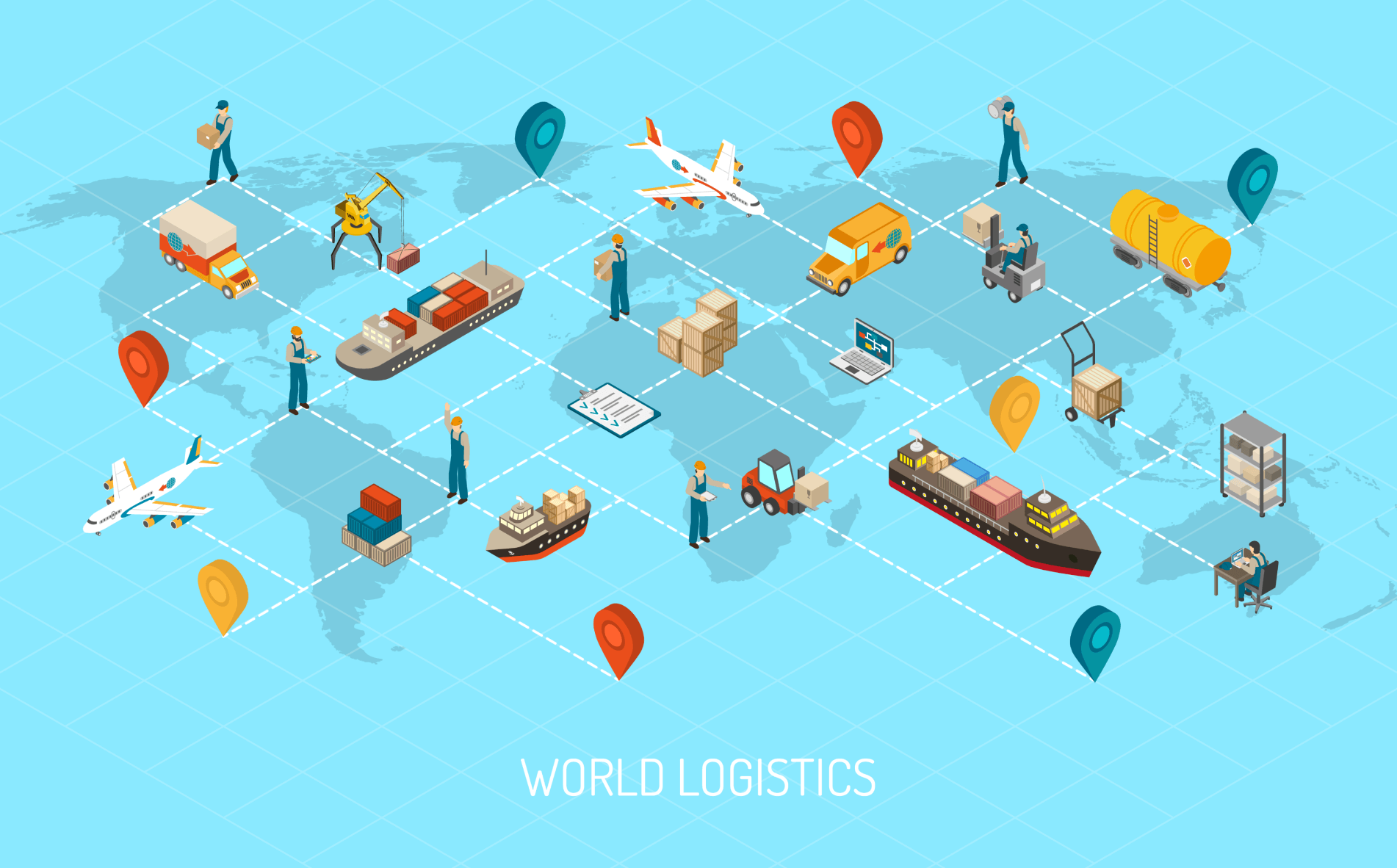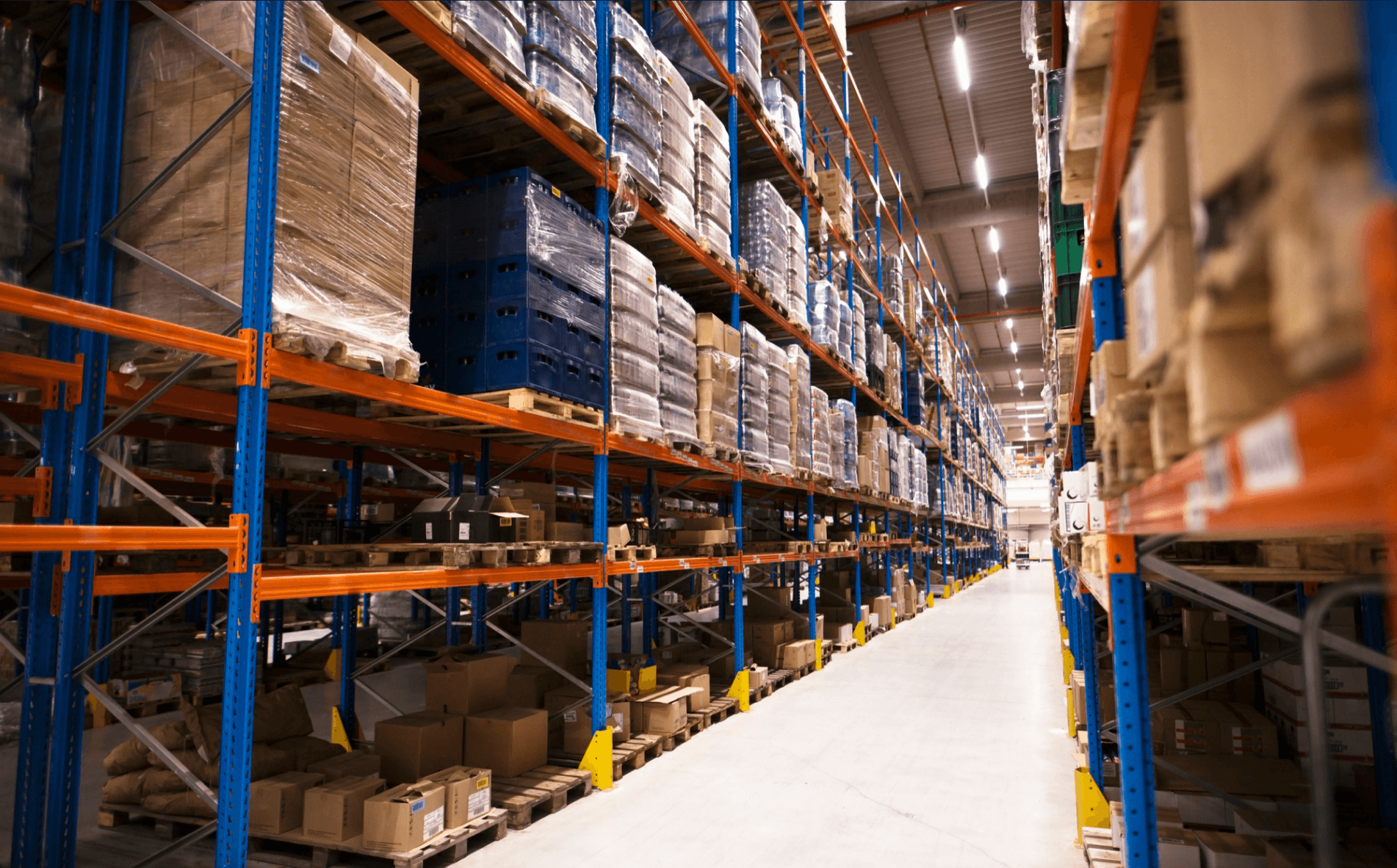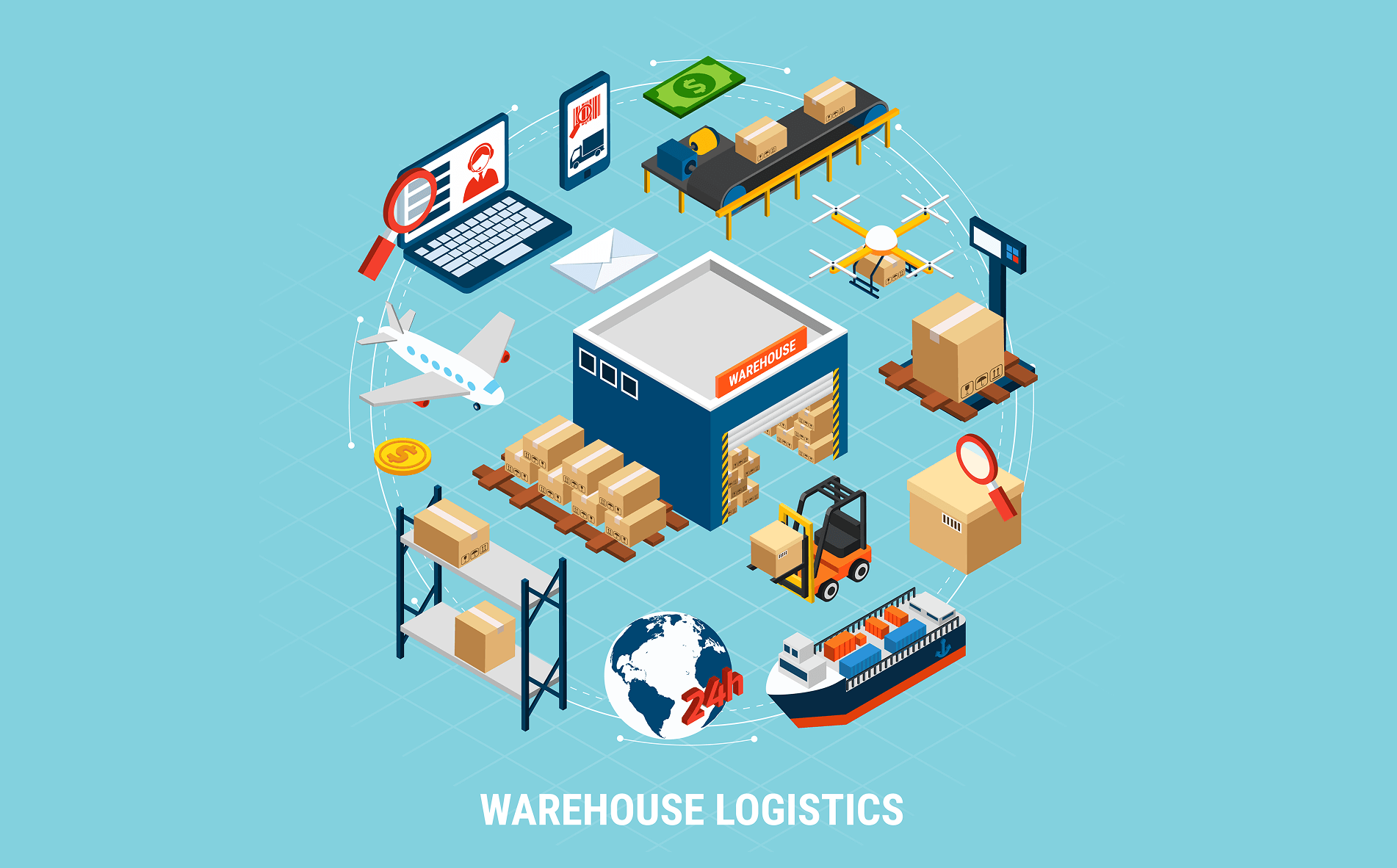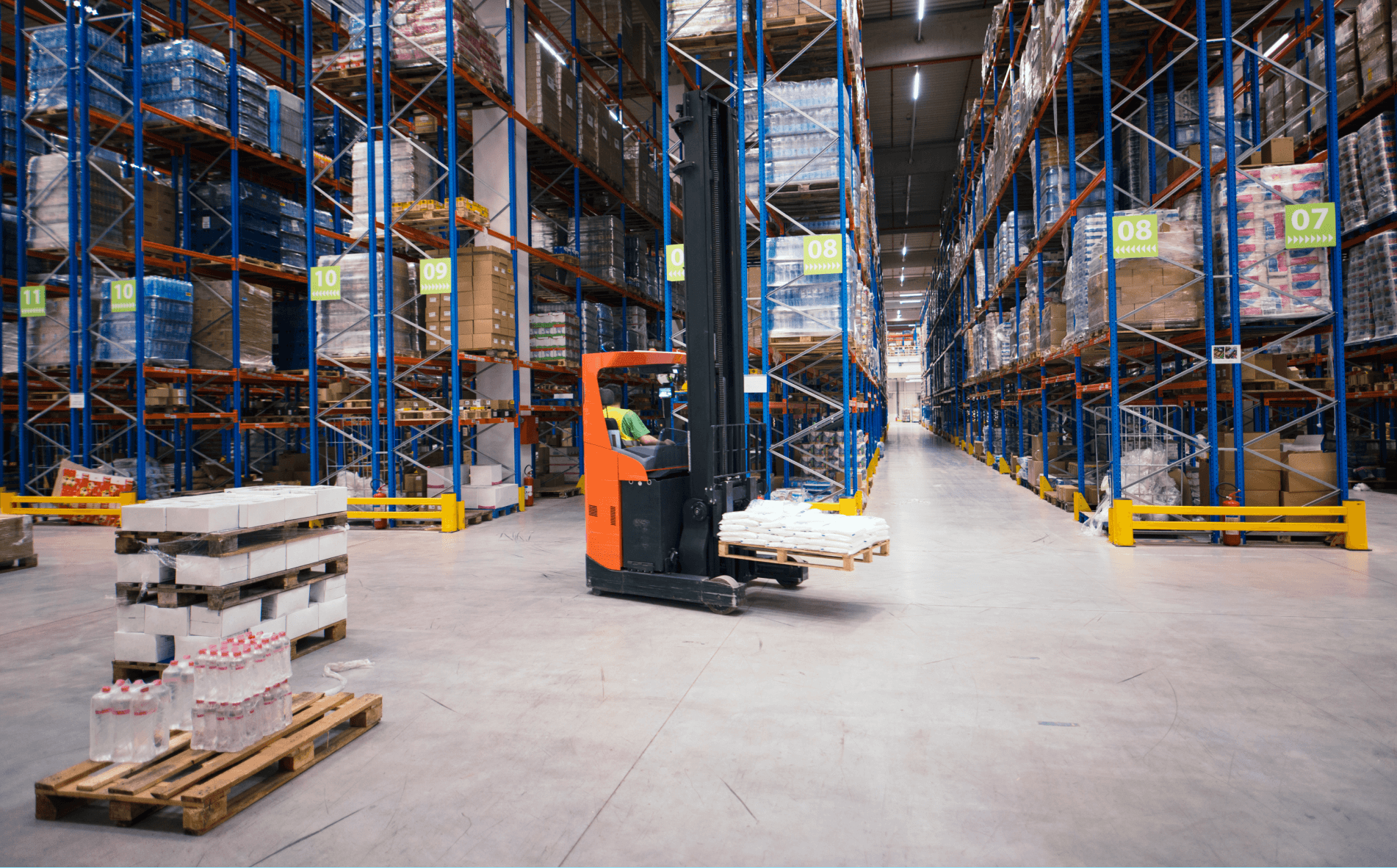Expanding your business globally requires a clear logistics strategy. Whether you’re an eCommerce brand looking to reach international customers or a wholesaler targeting multiple markets, choosing the right third-party logistics (3PL) provider is vital.
Australia and the United States are both attractive markets for 3PL warehousing, but they offer very different infrastructures, operational models, and customer expectations. Understanding the differences can help you choose the best 3PL partner—or combination of partners—to support your growth.
This article compares 3PL warehousing across Australia and the US and offers guidance on how to leverage both markets effectively.
Market Size and Scale
United States
The US has the largest logistics and warehousing industry in the world. It is home to extensive transport infrastructure, from interstate highways to a vast network of ports and airports. This scale provides advantages in speed and efficiency, especially for high-volume operations.
Australia
While Australia has a smaller population and market size, it is a strategically important gateway to the Asia-Pacific region. Logistics in Australia often focus on regional consolidation and efficient domestic distribution across large distances, particularly between urban centres like Sydney, Melbourne, and Brisbane.
Takeaway: If your business is scaling rapidly in North America, the US offers reach and volume. For operations closer to Asia, Australia provides proximity and streamlined regional access.
Delivery Expectations and Customer Behaviour
United States
Consumers in the US expect fast, often next-day delivery—driven by eCommerce giants like Amazon. Businesses must compete on speed, making warehouse proximity to end-customers crucial.
Australia
Delivery expectations are more flexible, especially in regional areas where same-day delivery is uncommon. However, customers still expect transparency, real-time tracking, and reliability.
Takeaway: In the US, partner with 3PLs that offer fast fulfilment and multiple location options. In Australia, prioritise reliability and coverage across both metro and regional zones.
Cost Considerations
Warehouse Space Costs
- US cities like Los Angeles and New Jersey tend to have higher warehousing costs due to demand and labour pricing.
- Australia’s warehousing costs vary, with cities like Melbourne and Brisbane offering competitive rates compared to Sydney.
Labour Costs
- US labour costs fluctuate significantly based on state regulations and union presence.
- Australia has relatively high but predictable labour costs due to strict employment laws and award rates.
Takeaway: Labour in Australia is regulated, offering stability. In the US, lower-cost states may offer savings but could come with trade-offs in reliability or turnover.
Geographic Distribution and Warehouse Locations
Warenous Locations
Warenous offers warehouses in both regions:
- Australia: Sydney, Melbourne, Brisbane, Perth, Adelaide
- United States: Miami, Los Angeles, Houston, New Jersey, Jacksonville, San Diego, Charleston, Kansas City
Why It Matters
Having multiple warehouse locations allows for:
- Faster delivery to regional markets
- Reduced shipping costs
- More efficient inventory distribution
Takeaway: Distributing inventory across key locations in both countries allows you to reduce transit times and offer faster delivery across continents.
Regulatory and Compliance Differences
Australia
- Strong biosecurity laws: Warehousing imported goods often requires additional inspections and certifications.
- GST (Goods and Services Tax): Warehousing services may be taxed depending on the business structure.
United States
- State-based regulation: Sales tax and warehousing rules vary by state.
- Import and customs duties differ based on product category and origin.
Takeaway: Ensure your 3PL partner understands and manages local regulations. This is especially critical for businesses dealing with cross-border shipping or regulated products like food and cosmetics.
Technology Integration
Both US and Australian 3PLs have widely adopted warehouse management systems (WMS), but the level of integration can vary.
Key Features to Look For:
- eCommerce platform integration (e.g., Shopify, WooCommerce)
- Real-time tracking and analytics
- Scalable automation and pick/pack systems
- Centralised dashboard for cross-region inventory management
Takeaway: Whether in Australia or the US, choose a 3PL provider that offers transparent, real-time data and integrates with your tech stack.
Customer Support and Account Management
US Providers
Due to larger scale operations, you may find more structured service tiers, with differing levels of support based on account size.
Australian Providers
Often offer more personalised support and dedicated account management—especially important for SMEs and growing businesses.
Takeaway: Consider your business size and whether you require a hands-on relationship or are comfortable with a more automated, high-volume model.
Leveraging Both Markets Through One Provider
Partnering with a 3PL like Warenous, which operates in both Australia and the US, enables you to streamline global fulfilment. Benefits include:
- Centralised communication
- Consistent service standards
- Global inventory visibility
- Simplified expansion into new markets
By using a single provider with a global warehouse network, you can avoid managing multiple logistics partners while maintaining control over your operations.
Final Thoughts – Making the Right Choice for Your Business
3PL warehousing in Australia and the US each offer unique advantages. The best option depends on your product type, customer locations, growth plans, and service expectations.
To summarise:
- Use the US for rapid scaling, volume, and fast delivery.
- Use Australia for access to Asia-Pacific markets, reliability, and regional expansion.
Ideally, work with a 3PL that offers both—and helps you scale without friction.




